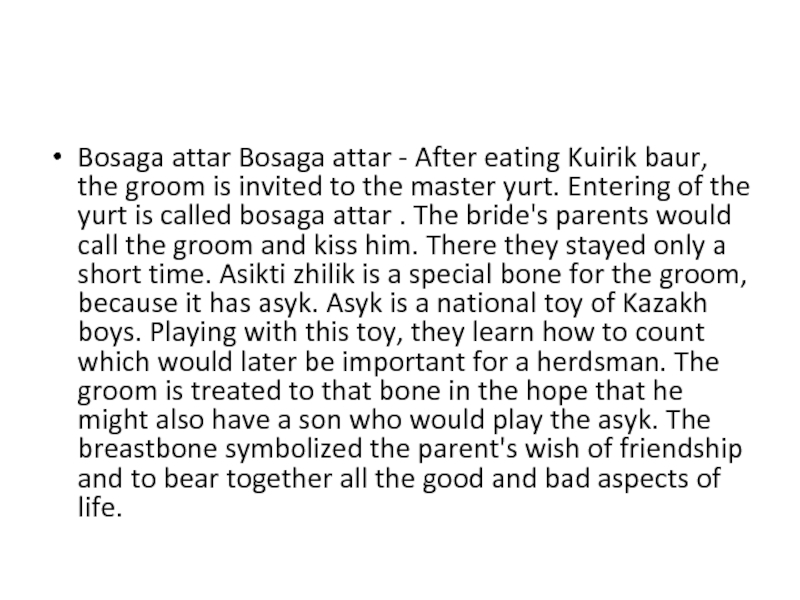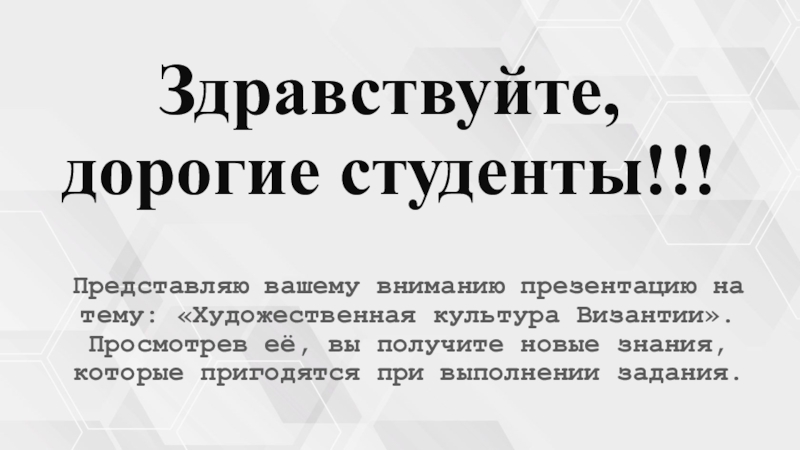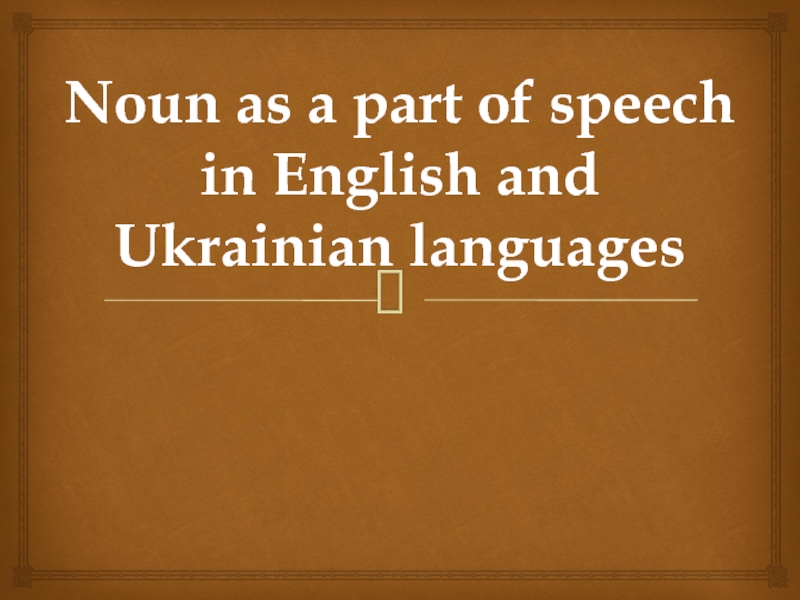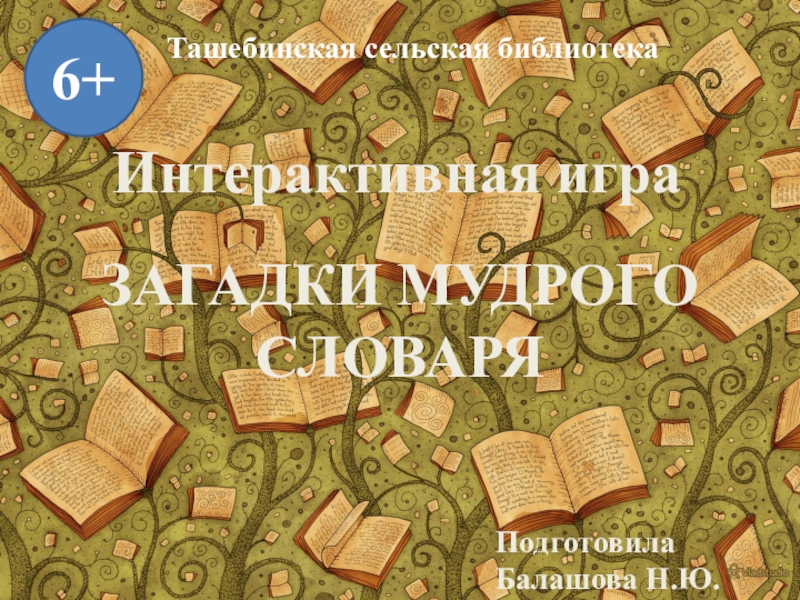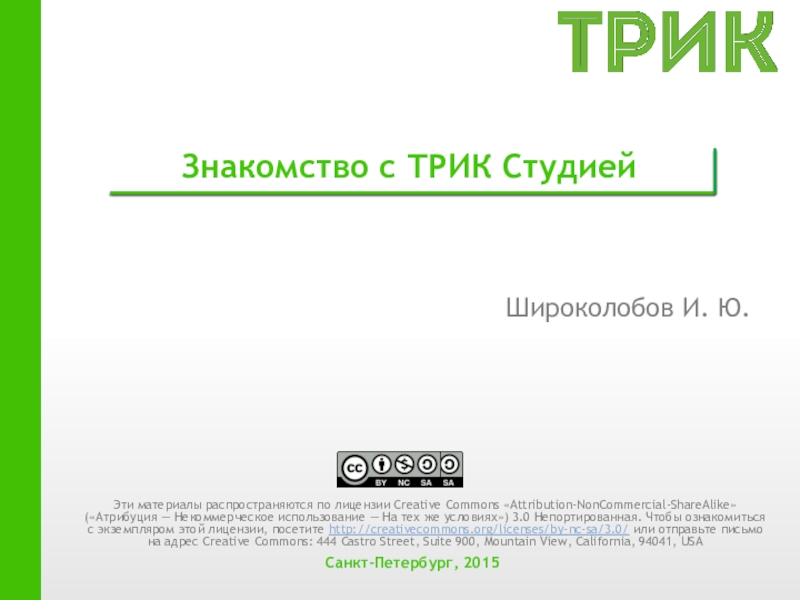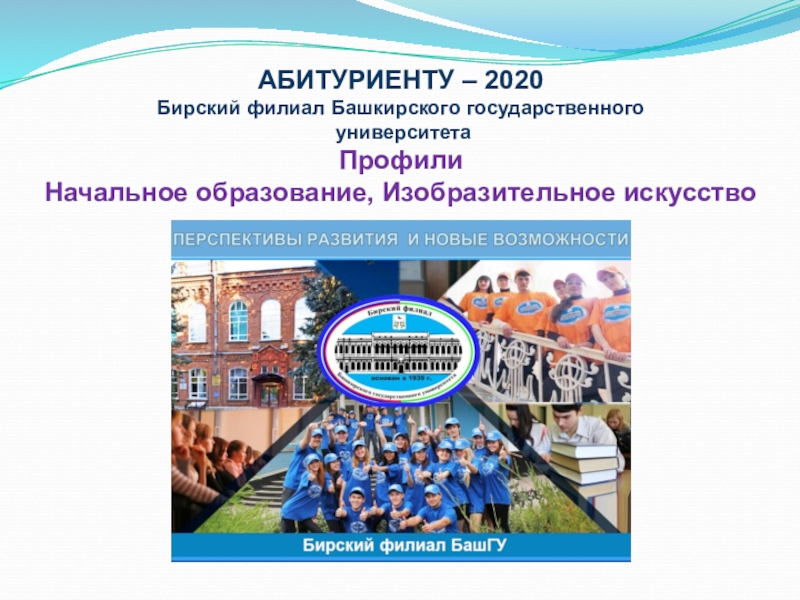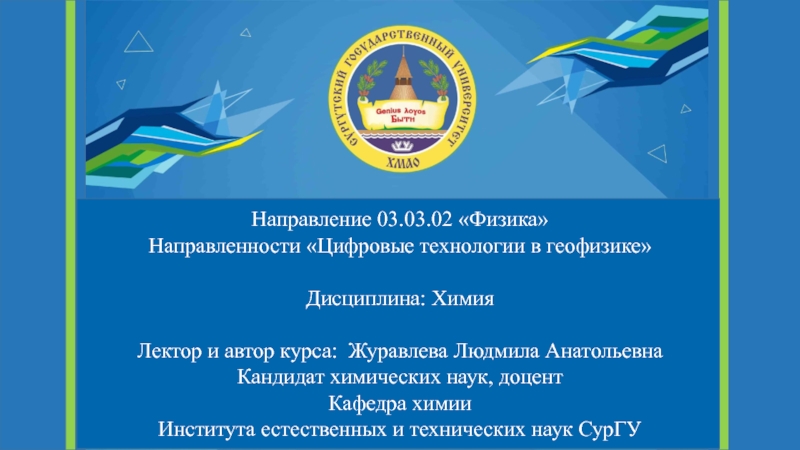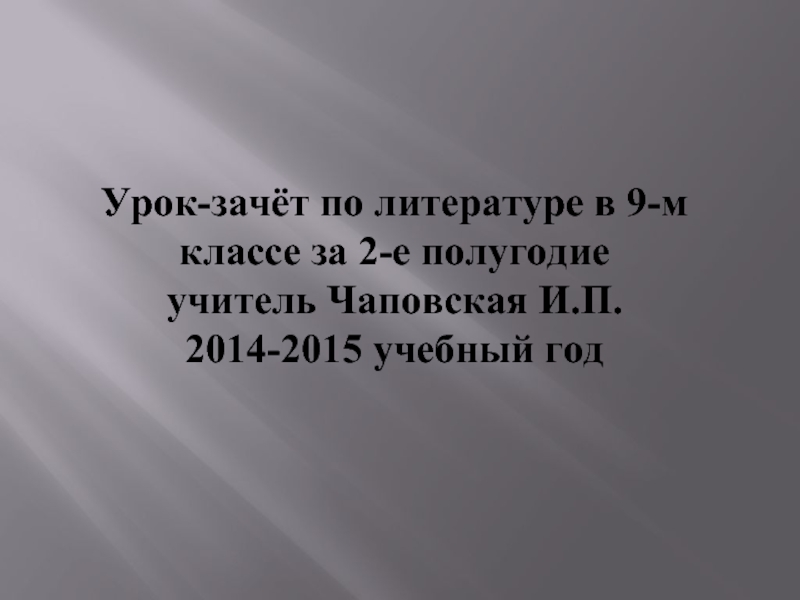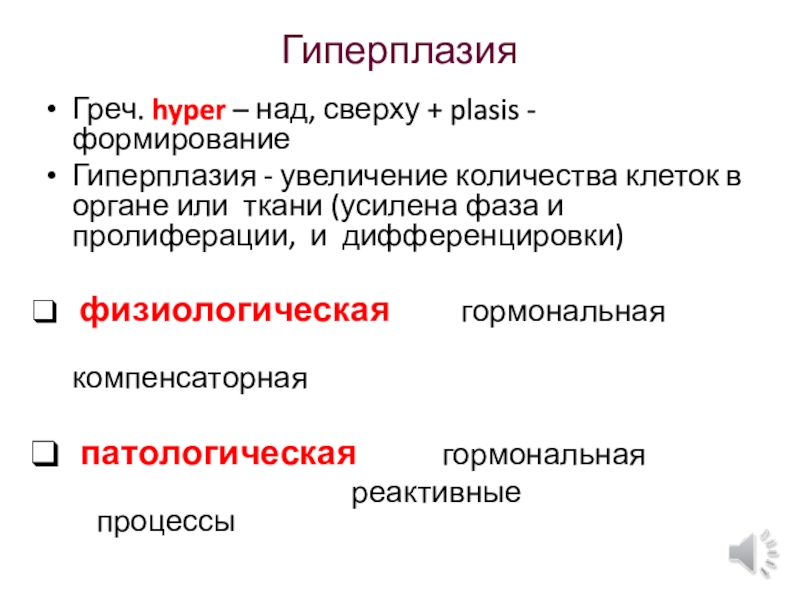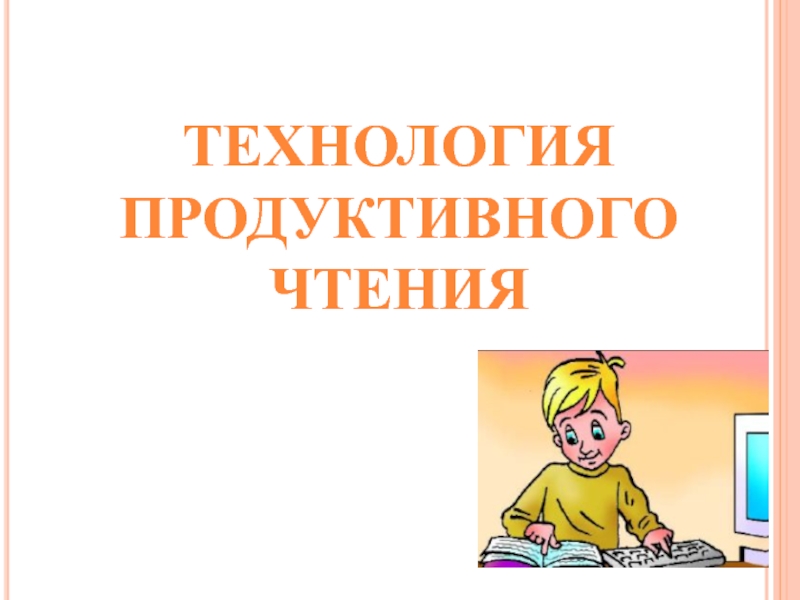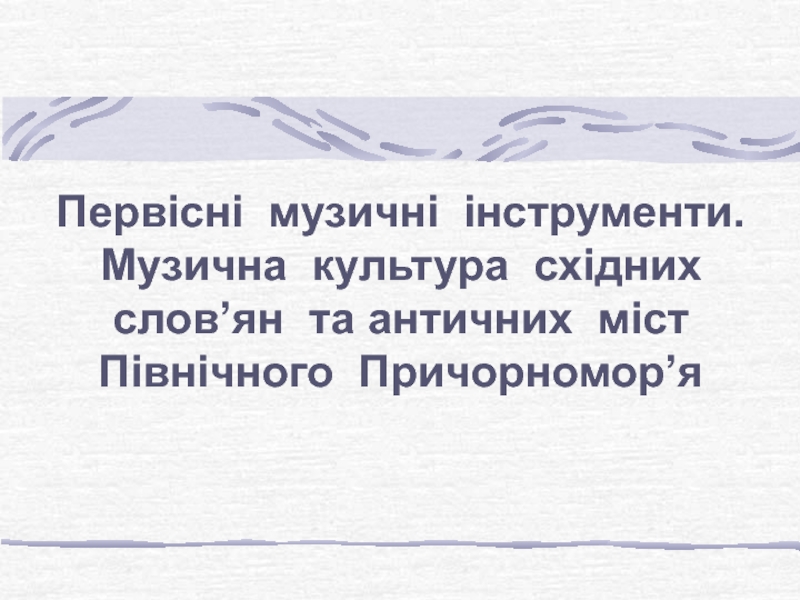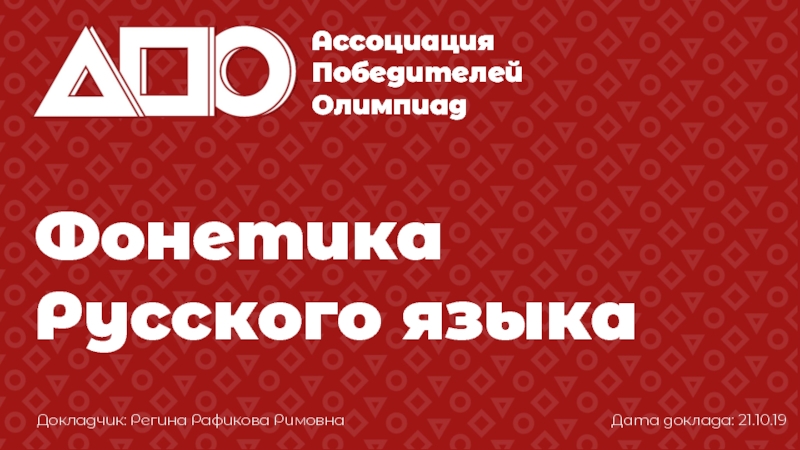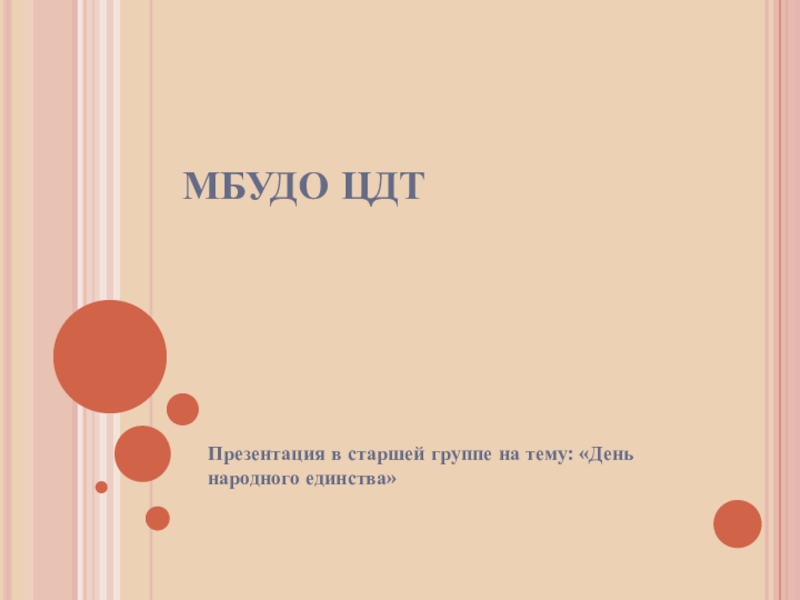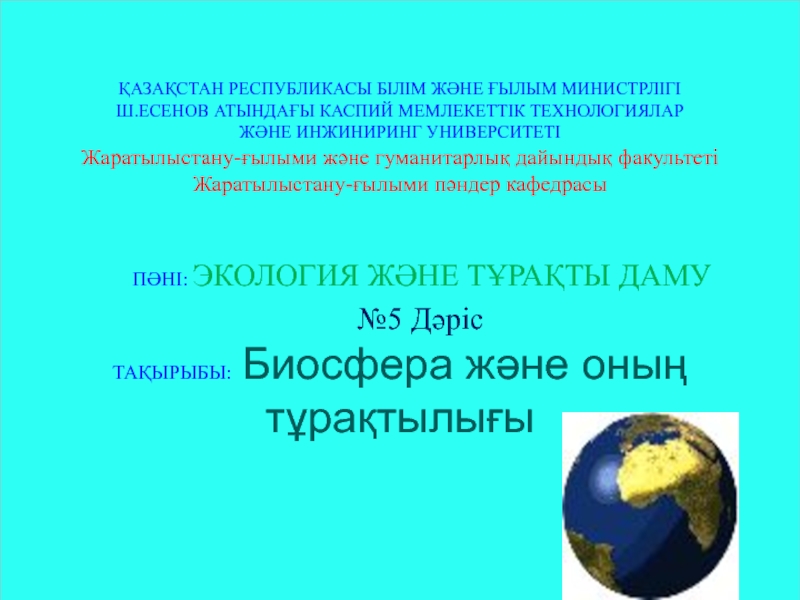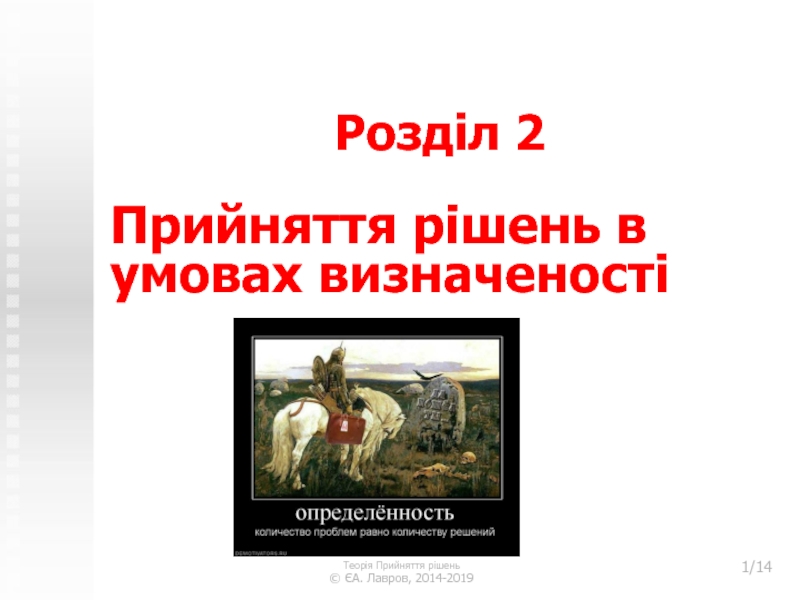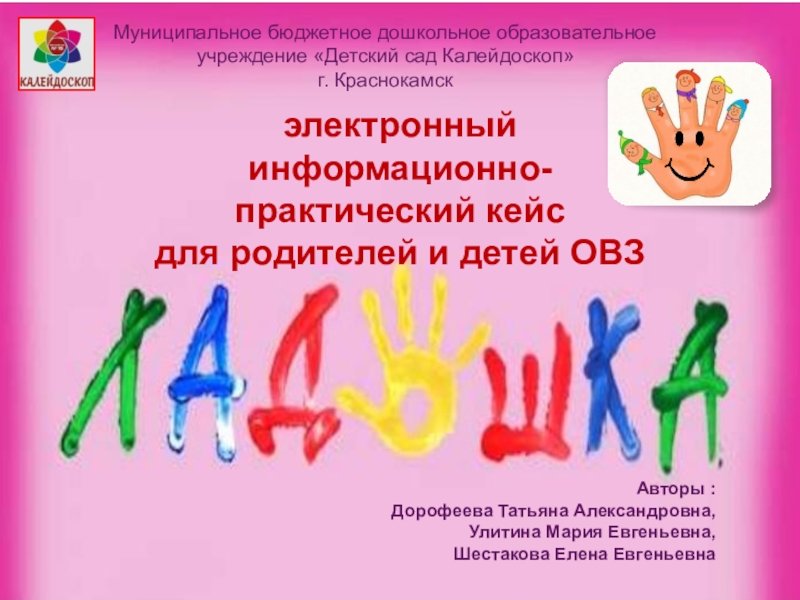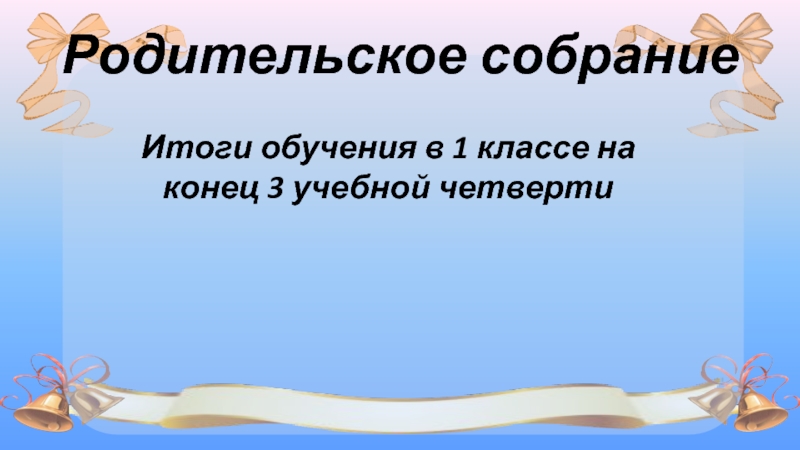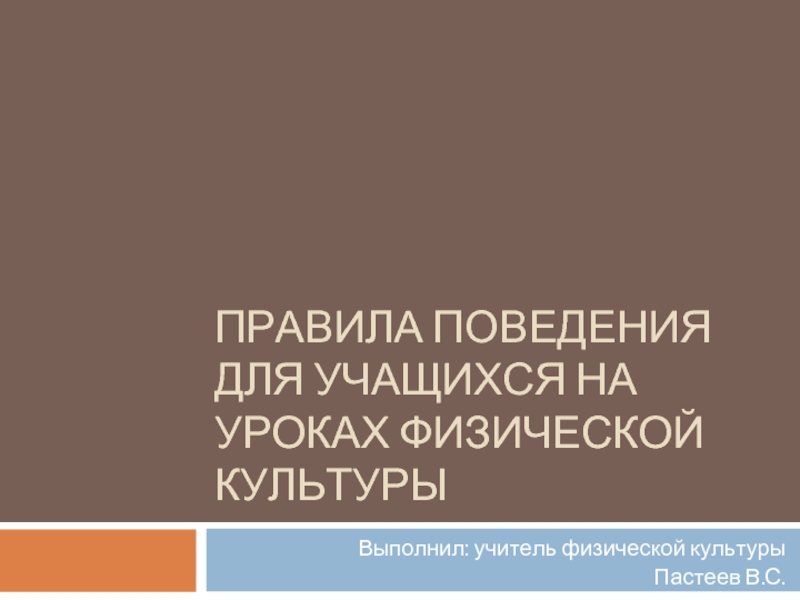Слайд 2Kazakh traditions and customs
The AIM of the project work: 1.
To introduce with Kazakh traditions and customs. 2. To show
the beauty and peculiarties of national Kazakh traditions and customs.
Слайд 3The Plan of the project work: 1. To describe and
demonstrate traditions and customs of Kazakh people in pictures and
photos. 2. The research part of the project. (Interviews (Do you know the national traditions of you country?), performing one of the traditions in the class (video). 3. Making some conclusions: “Why should we know our traditions and customs?”
Слайд 4Shildekhana A second celebration of new life in the Kazakh
tradition was called the Shildekhana, and this gathering also included
the participation of many young people. All guests wear their best clothes and rode their horses to the event if they had one. Elders came to give a "Bata", or blessing. Invited guests ate, had fun, and sang songs to the tune of the dombra, a traditional two-stringed instrument. Young people playing this instrument were expected to compose and improvise songs during the singing. During the Shildekhana, the godmother sliced the boiled fat from a sheep's tail and put it in the baby's mouth. In this way it was believed that the baby would learn how to suck. And the baby who was trained in such a manner was believed would never have stomach trouble.
Слайд 5Besik Toi The arrival of new birth (baby) is celebrated,
which called Besik Toi. For babies, the tradition of Besikke
Salu was practiced and involved placing the baby in the cradle for the first time. Special foods are prepared, and all the relatives, neighbors, and nearby children are invited. Guests to the feast brought "Shashu," or candies, kurts, and coins. The baby's cradle is made by a special master carver. Only women who have conceived their own children are allowed to place babies in their cradles, and any woman who would place a friend's baby in this place of honor must sew and present a new itkoiiek to the baby's mother.
Слайд 6Tusau Kesu After the baby's cradle and crawling stage, the
scene is set for another celebration: when the baby begins
to walk for the first time. Wealthier parents would butcher a cow for this celebration; less wealthy parents, a sheep. For the ceremony, black and white thread was prepared in advance to tie the baby's legs. The mother would ask one of the more energetic woman first to bind the baby; and then to cut the string. In this way the baby's first step would be toward his mother. Everybody would then wish the family great success for the baby's future. Here the reader might ask a question: Why use black and white thread instead of red or green? White is symbolized in this case to mean hopes for success without any obstacles. Black and white is associated with the concept of honesty.
Слайд 7Sundet toi If the baby was a boy, four or
five was the age for circumcision and another toi. It
was one of the remarkable days of a boy's life. Again relatives and friends of the family gathered, ate, and had fun. From this point on we'll talk about boys and girls upbringing separately, because a son's upbringing was accomplished by the father, and a daughter's by the mother.
Слайд 8Saukele kigizy For this event the matchmakers would be invited
to the new yurt. The bride's mother would put a
saukele on her daughter. A saukele was an old fashioned headdress for a bride. Upon seeing the saukele for the first time, the mother-in law would give her a present called "korimdik." In this saukele the bride looked like a princess; and the entire wedding suit is beautiful.
Слайд 9Bosaga attar Bosaga attar - After eating Kuirik baur, the groom
is invited to the master yurt. Entering of the yurt
is called bosaga attar . The bride's parents would call the groom and kiss him. There they stayed only a short time. Asikti zhilik is a special bone for the groom, because it has asyk. Asyk is a national toy of Kazakh boys. Playing with this toy, they learn how to count which would later be important for a herdsman. The groom is treated to that bone in the hope that he might also have a son who would play the asyk. The breastbone symbolized the parent's wish of friendship and to bear together all the good and bad aspects of life.








